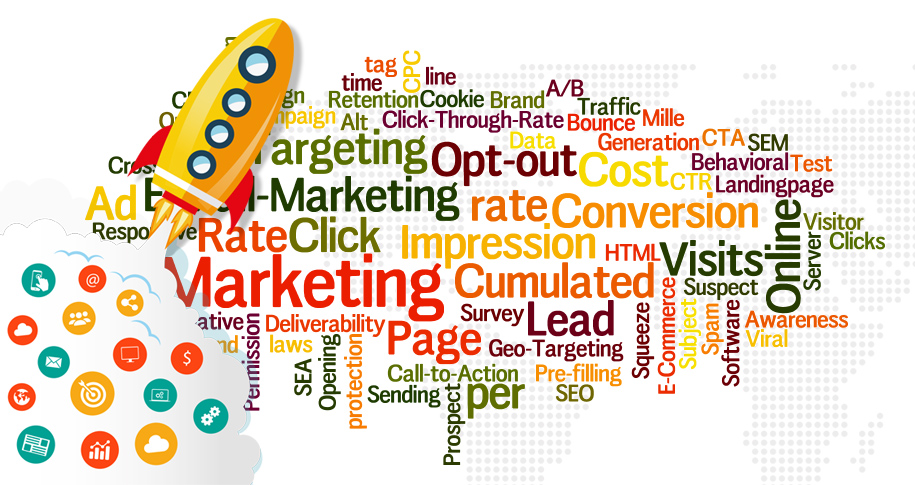What is A/B Testing?
A/B Testing, also known as split testing, is a marketing method in which two versions of a webpage, email, or other digital asset are compared to see which one performs better. The true meaning of A/B Testing lies in its ability to help marketers make informed, data-driven decisions. Businesses can improve user experience, boost conversions, and align results with their specific goals by analyzing user behavior across variations.
How A/B Testing Works?
The process involves creating two versions: A (the control) and B (the variation). These versions differ in one or more elements, such as a headline, button color, or image placement. Traffic is then split between the two versions, and metrics like click-through rates (CTR), conversions, or engagement levels are tracked.
For example, if you’re running an e-commerce website, you might test two versions of a product page. Version A has a “Buy Now” button in green, while Version B uses orange. After running the test, you’ll identify which color drives more purchases.
Importance of A/B Testing
- Improved Conversion Rates: A/B Testing allows marketers to identify the most effective design or messaging to convert visitors into customers.
- Data-Driven Decisions: Rather than relying on intuition, businesses can use empirical evidence to shape their strategies.
- Enhanced User Experience: By understanding what resonates with users, marketers can create more personalized and engaging experiences.
Key Elements to Test
- Headlines and Subheadings: These are the first elements users see. Testing different messaging can impact engagement.
- Call-to-Action Buttons: The text, color, size, and placement of CTA buttons can influence click-through rates.
- Images and Videos: Visual content can evoke emotions and significantly affect user behavior.
- Forms: The number of fields, layout, or type of questions can determine whether users complete the form.
- Pricing Display: How pricing is presented can sway purchasing decisions.
Best Practices for A/B Testing
- Test One Variable at a Time: To understand the impact of a single change, avoid testing multiple elements simultaneously.
- Ensure a Large Sample Size: The results will be more reliable if you test a significant number of users.
- Run Tests for an Adequate Duration: Allow the test to run long enough to gather meaningful data, accounting for user behavior variations on different days or times.
- Use Tools: Tools like Google Optimize, Optimizely, and VWO simplify the testing process and provide robust analytics.
- Analyze Results Carefully: Statistical significance is crucial to ensure the observed changes are not due to chance.
Common Mistakes to Avoid
- Insufficient Sample Size: Concluding a dataset that is too small can lead to inaccurate results.
- Changing Variables Mid-Test: Altering test parameters can invalidate the results.
- Not Considering External Factors: Seasonality, user device type, or marketing campaigns can influence outcomes.
Conclusion
A/B Testing is a cornerstone of modern digital marketing, offering a systematic way to optimize assets and achieve better results. When implemented effectively, it minimizes guesswork, maximizes ROI, and ensures that marketing strategies align with user preferences.
Explore More Terms
1. Glossary Terms2. Acquisition Cost
3. Brand Positioning
4. Behavioral Targeting
5. Churn Rate
